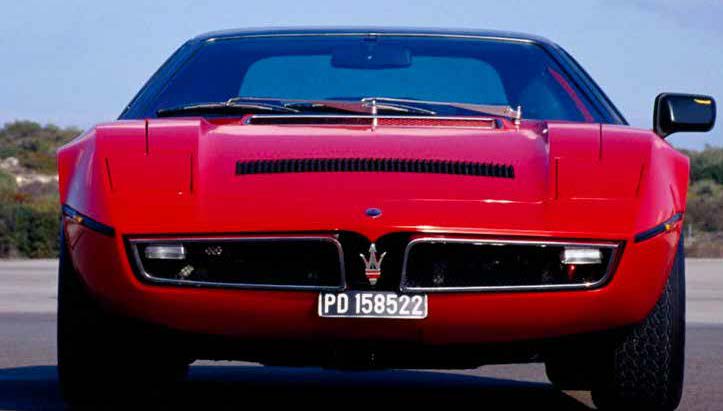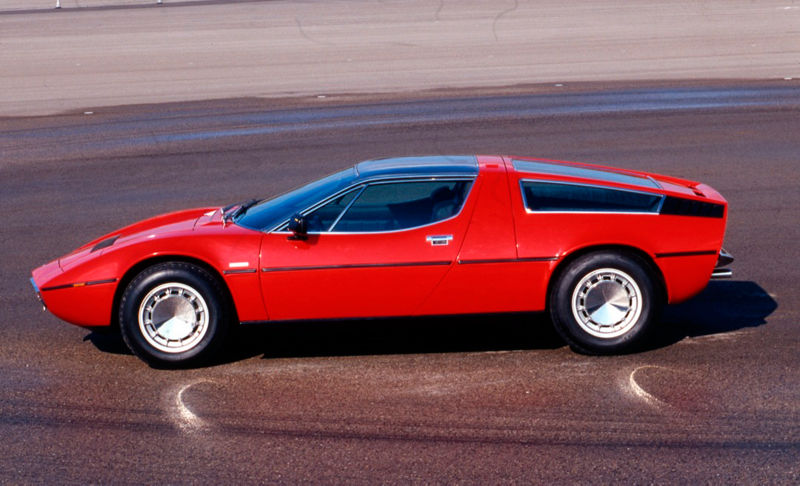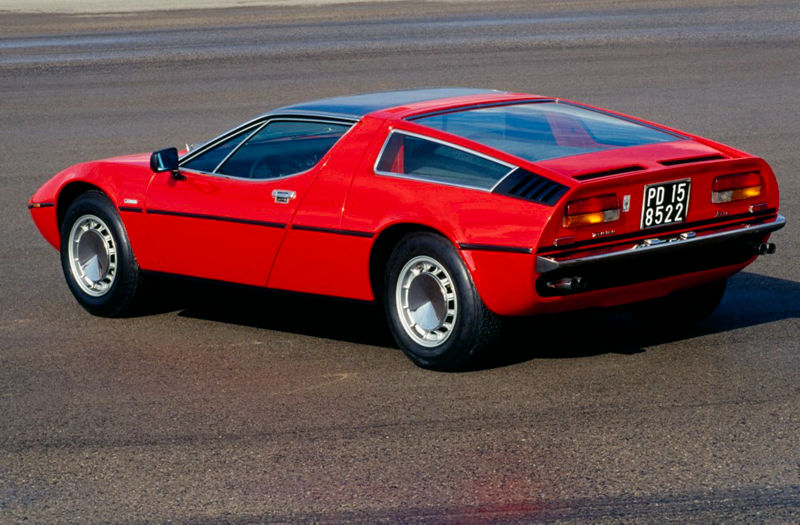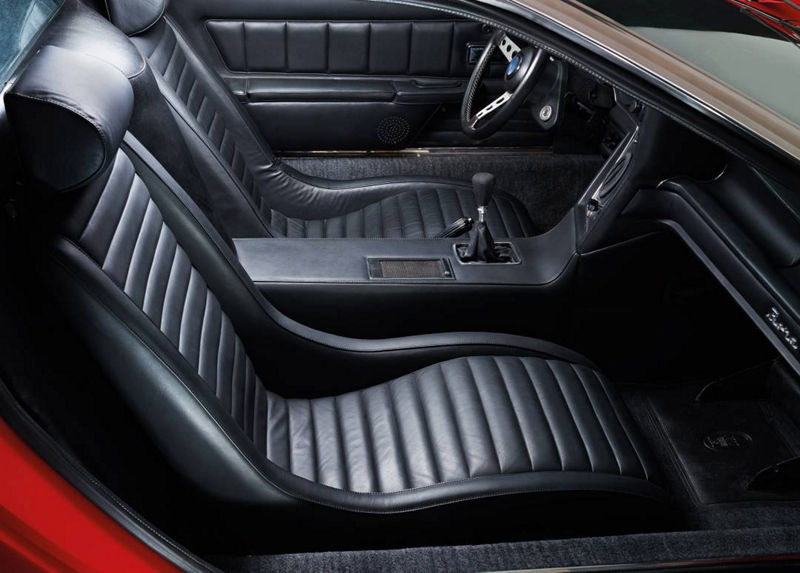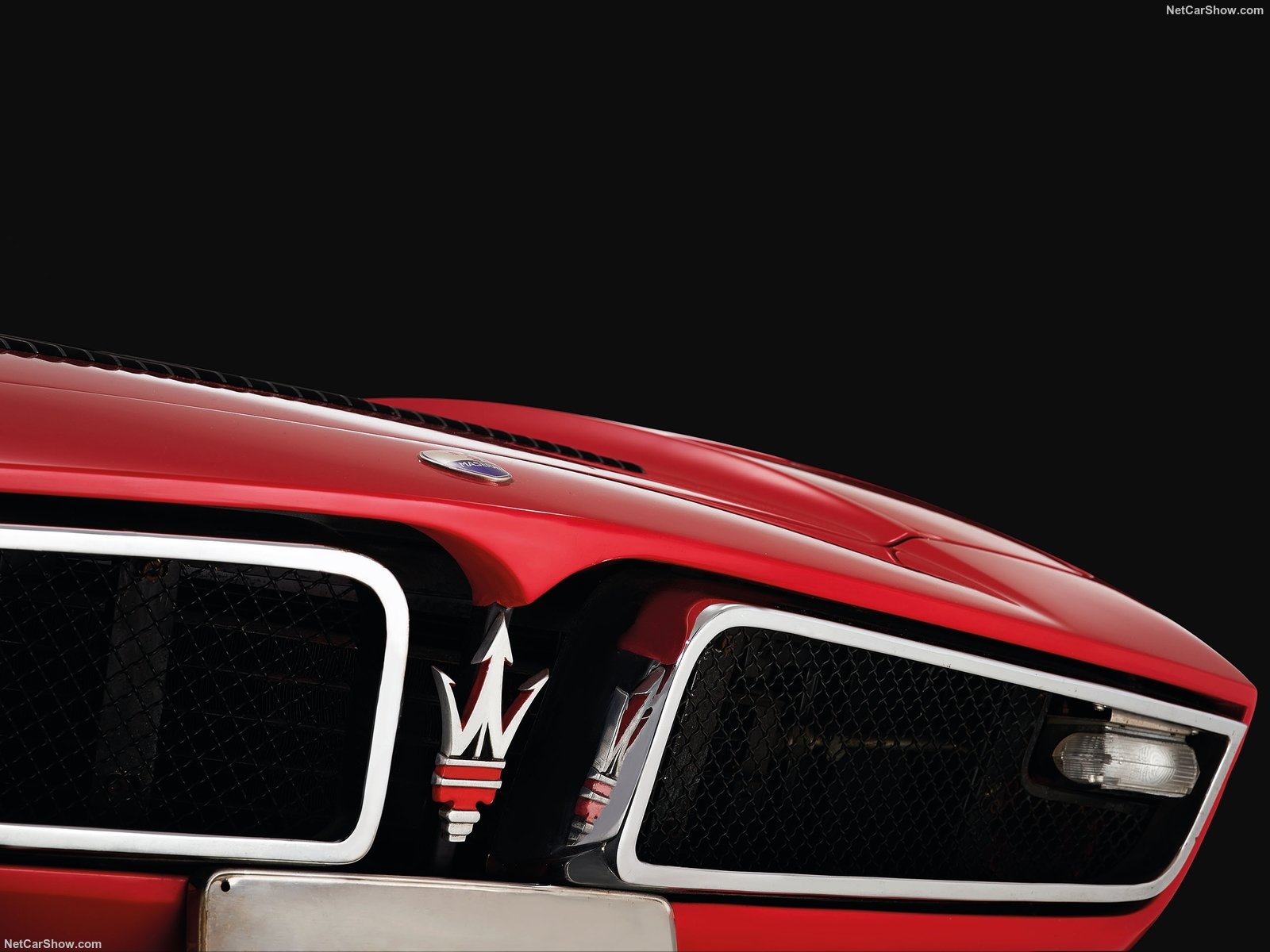The early ‘70s might best be remembered for bell-bottom trousers and cask wine, but in the high-end world of Italian supercar production, a change was in the air.
At Maserati, the first mid-mounted rear-engine road car was readying to hit the streets.
By 1971 Lamborghini had introduced the now-legendary Miura and De Tomaso its stunning Mangusta. Ferrari was working on its own mid-engine contender, the Berlinetta Boxer, and under the controlling interest of Citroën, Maserati sought to make its own mark.
The Tipo 117, later christened Bora, introduced coil-sprung four-wheel independent suspension, a world-first adjustable and hydraulically assisted pedal cluster, and mechanical tilt-and-reach adjustable steering.
Changes to the practicality and comfort of the sporting marque also saw the Bora adopt a full-size luggage compartment, dual-pane glass separating the cabin from the engine bay, and a carpeted aluminium engine cover to greatly reduce noise.
The longitudinally set engine and ZF-sourced five-speed transaxle were mounted on their own sub-frame and attached to the monocoque body using four flexible mounts. This design further reduced the transmission of mechanical noise into the passenger compartment.
At its release at the 1971 Geneva International Motor Show, the Maserati Bora was offered with a high-revving 4.7-litre unit making 310hp (231kW) at 6000rpm.
Both engines featured all-aluminium alloy construction, hemispherical combustion chambers, and chain-driven four-cam heads operating two valves per cylinder. Induction came courtesy of four 42 DCNF/14 downdraught Weber carburettors and spark from a Bosch-sourced electronic ignition system.
The Bora adopted Citroën’s advanced high-pressure LHM (Liquide Hydraulique Minéral) system to operate the ventilated four-wheel disc brakes, the dry-mounted single disc clutch, the aforementioned adjustable pedal box, driver’s seat-height adjustment and iconic retractable headlights.
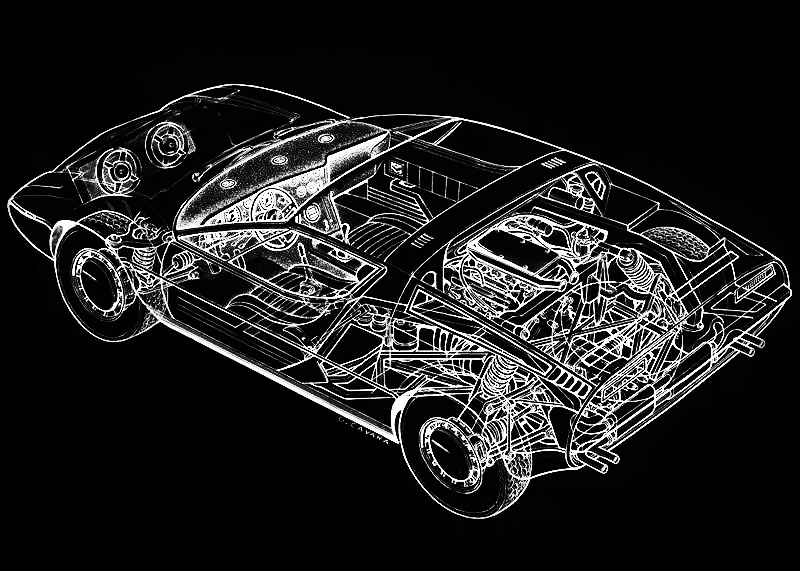
Campagnolo light alloy-type wheels measuring 15 x 7.5 inches featured distinctive polished stainless-steel hubcaps and were shod with Michelin’s high-performance XWX tyres front and rear (and later Pirelli Cinturato CN12s).
Despite its hefty kerb weight of 1535 kg, the Maserati Bora boasted a top speed of 270km/h and 285km/h for the 4.7 and 4.9-litre variants respectively.
Although futuristic, the Bora’s simple and elegant profile maintained a balanced appearance. Compared to many other supercars of the era, the Maserati Bora was civilised, even practical. Globally, Maserati sold 564 examples of the Bora – 289 with the 4.7-litre powerplant and 275 with the 4.9-litre V8) before the model was discontinued in 1978.
Maserati’s mid-engine masterpiece sold for the equivalent of AUD $34,800 when new. Today, well-preserved and concourse-restored examples of the Bora are fetching up to AUD $339,500 at auction, its value tipped to continue rising.
